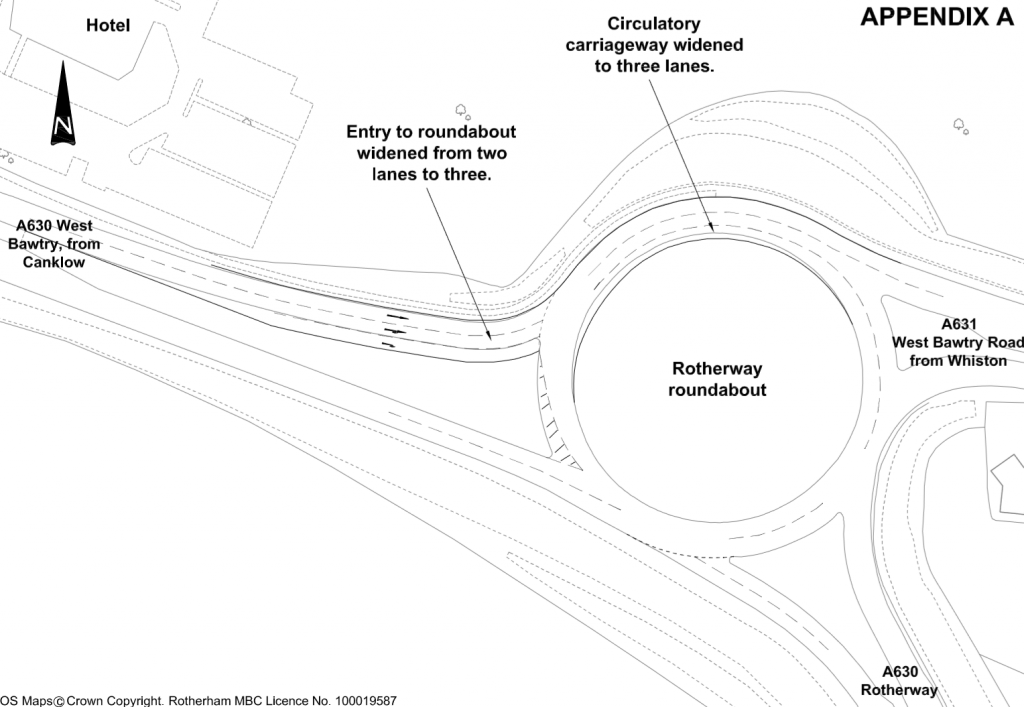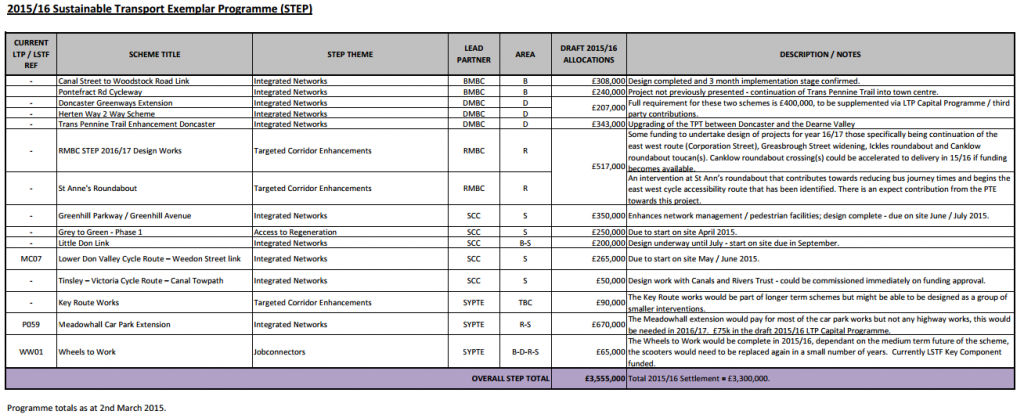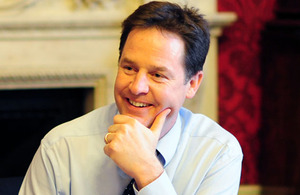Yesterday the government announced the winners of the £60m Sustainable Travel Access Fund for 2017 to 2020. The fund details are here along with the criteria and application form.
Thousands more people will be encouraged to cycle and walk to work thanks to a £64 million government investment, Transport Minister Andrew Jones announced today (26 January 2017).
The funding will support local projects over 3 years from 2017 to 2020 and form part of a wider government package of more than £300 million to boost walking and cycling during the current parliament.
There were 28 winning authorities. I’ve collated links to each of the bids. 25 were awarded funding from the Sustainable Travel Access Fund, and 3 were awarded funding from the Cycling and Walking to Work fund. Where I’ve not been able to find the bid, I’ve submitted Freedom of Information requests which are also linked.
A spreadsheet with this data is here. (incidentally, the data behind the DfT cycling funding map is available on this Google Fusion Table here).
Sustainable Travel Access Fund 2017-2020
Cycling & Walking to Work Fund
| Local Authority | Scheme value (£m) |
| Greater Manchester Combined Authority | 1.5 |
| Liverpool City Region – Unable to find FOI Sent | 0.77 |
| West Yorkshire Combined Authority | 1.5 |













 Today Nick Clegg, MP for Sheffield Hallam has announced £500,000 for cycle infrastructure in Yorkshire.
Today Nick Clegg, MP for Sheffield Hallam has announced £500,000 for cycle infrastructure in Yorkshire.